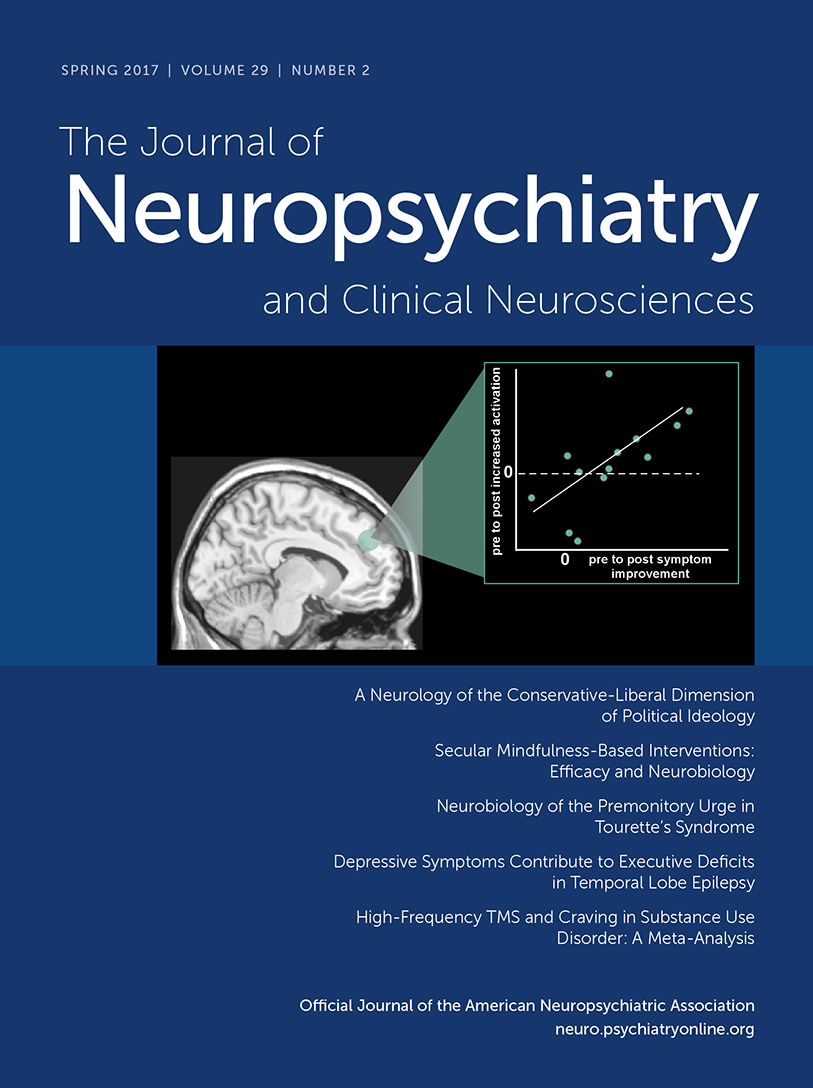Transcranial Magnetic Stimulation Modulates Resting EEG Functional Connectivity Between the Left Dorsolateral Prefrontal Cortex and Limbic Regions in Medicated Patients With Treatment-Resistant Depression
Abstract
High-frequency left prefrontal repetitive transcranial magnetic stimulation (rTMS) has been shown to have efficacy in treatment-resistant depression. However, the effects of rTMS on functional connectivity are still not clear. To examine changes in functional connectivity before and after rTMS, resting EEG of 14 patients with treatment-resistant depression was recorded twice at baseline and at week 4, respectively. The EEG data were analyzed using the standardized low-resolution brain electromagnetic tomography (sLORETA). The results reveal that high-frequency left prefrontal rTMS modulates resting EEG functional connectivity between the left dorsolateral prefrontal cortex and limbic regions, including the subgenual cingulate cortex and parahippocampal gyrus.



